Artist: Death in June Album: But, What Ends When the Symbols Shatter?
Year: 1992Duration: 46:26
A Critical Review of Death in June’s But, What Ends When the Symbols Shatter?
For fans of neofolk and industrial music, the name Death in June is likely a familiar one. The project, spearheaded by British musician Douglas Pearce, has been active since the late 1970s, and has since become known for its dark, atmospheric soundscapes and thought-provoking lyrics. One of the project’s most well-known albums is But, What Ends When the Symbols Shatter?, which was released in 1992. In this blog post, we’ll take a closer look at this album, its history, and what makes it worth a listen.
First, a bit of history on Death in June. The project was formed in 1977 by Pearce, who was previously a member of the band Crisis. Death in June began as a solo project, but eventually expanded to include other collaborators. Over the years, the project’s sound has evolved, incorporating elements of neoclassical, martial, and industrial music, among others. Today, Death in June is still active, and Pearce continues to push the boundaries of the neofolk genre.
Turning to But, What Ends When the Symbols Shatter?, there’s no denying that this is a challenging album. It’s dense, intense, and not particularly easy to listen to. And yet, that’s precisely why it’s worth exploring. The album’s title is a nod to T.S. Eliot’s The Waste Land, and this literary influence is evident throughout the album. The lyrics are cryptic and multi-layered, drawing on themes of war, nationalism, and folklore. It’s not an album that can be fully appreciated on a surface level; rather, it rewards repeated listens and close attention.
As for the best songs on the album, that’s a matter of personal taste. Some would argue that the opening track, “Death is the Martyr of Beauty,” is a standout, with its haunting piano melody and Pearce’s earnest vocals. Others might point to the album’s title track, which features an otherworldly choir and an insistent drumbeat. Still others might prefer the bleak, atmospheric “13 Years of Carrion,” or the militaristic “The Giddy Edge of Light.” Suffice it to say that But, What Ends When the Symbols Shatter? is an album that rewards deep listening, and different listeners will likely find different songs that resonate with them.
One of the most innovative parts of the album is Pearce’s use of varied instrumentation. Alongside the more traditional neofolk elements like acoustic guitar and strings, there are unexpected sounds like field recordings, percussion, and even a saxophone. This variety keeps the album’s 10 tracks from becoming monotonous, and adds to the sense of depth and complexity.
Of course, it wouldn’t be fair to write a review of But, What Ends When the Symbols Shatter? without discussing some of its flaws. For one thing, the album’s bleakness can become overwhelming at times. It’s not an album that lends itself to casual listening – if you’re in the wrong mood, it could easily tip over into being overly depressing or even alienating. Additionally, some have criticized the album’s lyrical themes, arguing that they veer too close to far-right or fascist ideologies. It’s a controversial point, but one that it’s worth keeping in mind when listening.
All in all, But, What Ends When the Symbols Shatter? is an album that’s not for everyone. It’s dark, intense, and not particularly easy to listen to. But for listeners who are up for a challenge, it’s a fascinating work of art. From its varied instrumentation to its literary allusions to its thought-provoking lyrics, it’s an album that rewards close attention and multiple listens. So if you’re in the mood for something challenging and outside the mainstream, give Death in June a try – and don’t be surprised if But, What Ends When the Symbols Shatter? ends up being one of your favorites.
All in all, But, What Ends When the Symbols Shatter? is an album that’s not for everyone. It’s dark, intense, and not particularly easy to listen to. But for listeners who are up for a challenge, it’s a fascinating work of art. From its varied instrumentation to its literary allusions to its thought-provoking lyrics, it’s an album that rewards close attention and multiple listens. So if you’re in the mood for something challenging and outside the mainstream, give Death in June a try – and don’t be surprised if But, What Ends When the Symbols Shatter? ends up being one of your favorites.
Death in June albums
Other #Dark music albums:
SIMILAR BANDS
balls, from 1 to 5, describe similarity between the two bands
SOMETHING NEW? LISTEN TO RADIOGENRE
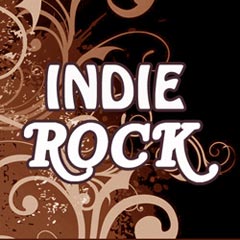 Indie rock
Indie rock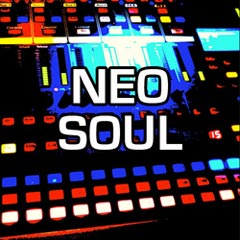 Neo soul
Neo soul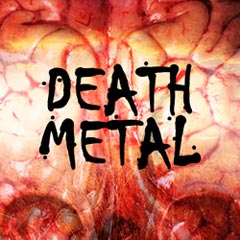 Death metal
Death metal Classical music
Classical music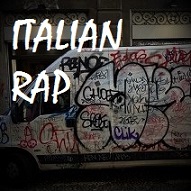 Italian Rap
Italian Rap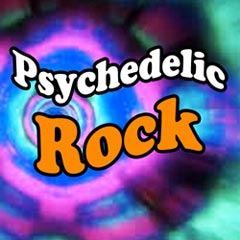 Psychedelic rock
Psychedelic rock Dubstep
Dubstep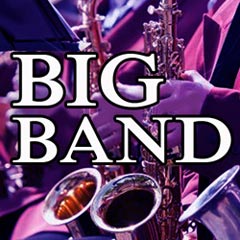 Big band
Big band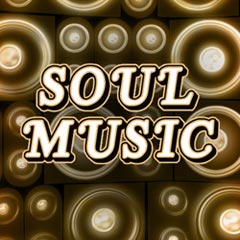 Soul music
Soul music New Bands
New Bands
SUGGESTED PLAYLISTS


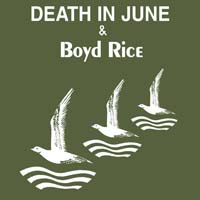
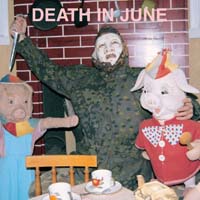
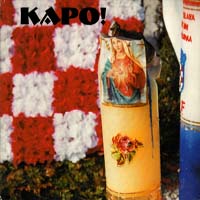
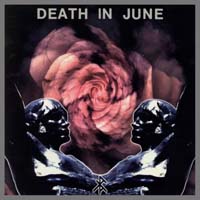
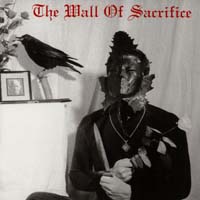
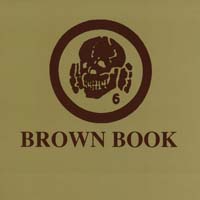

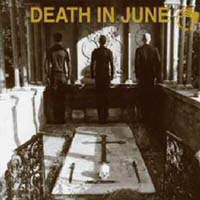
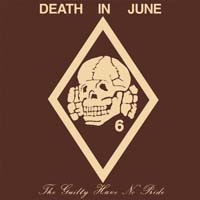
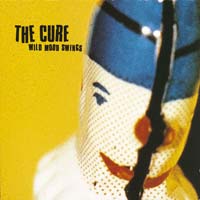
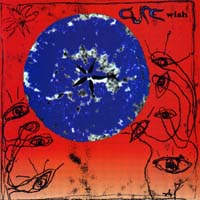
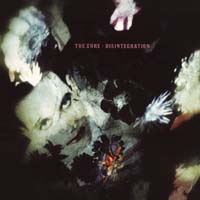
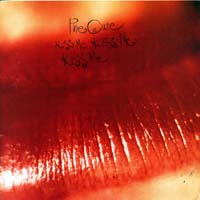
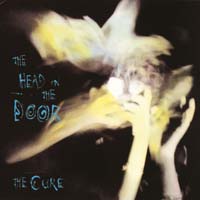
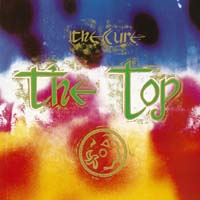
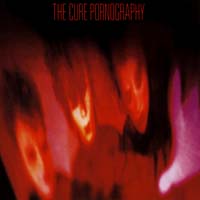
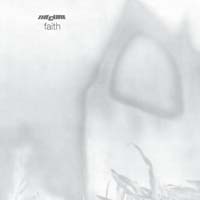
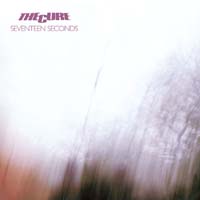
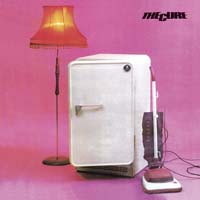
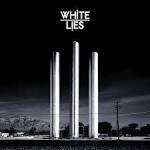
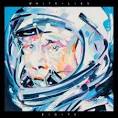
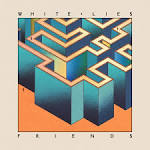
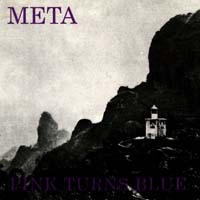
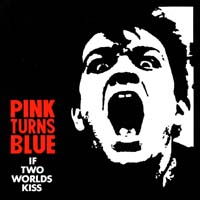
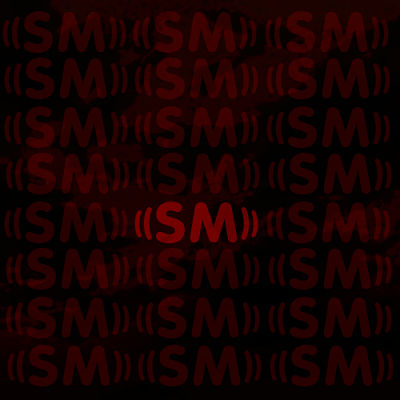
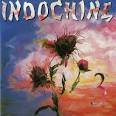
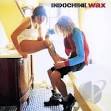
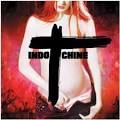
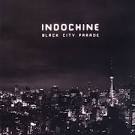
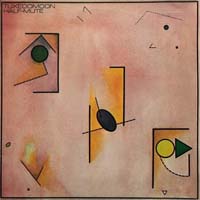
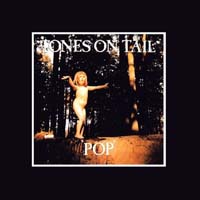
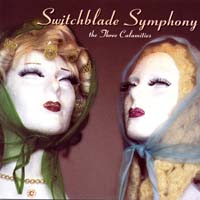
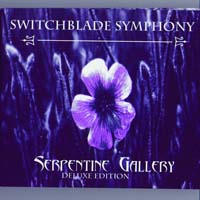
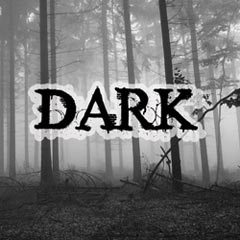
 The fantastic 50s music
The fantastic 50s music The sad and nostalgic rock
The sad and nostalgic rock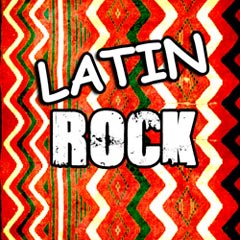 The very best of latin rock
The very best of latin rock Charliehebdo
Charliehebdo The very best of flamenco
The very best of flamenco Dissolved in the remote north
Dissolved in the remote north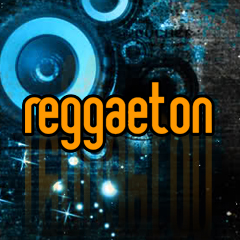 The very best of reggaeton
The very best of reggaeton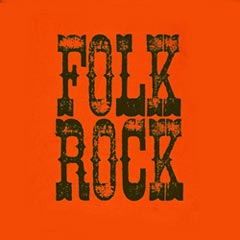 The very best of folk rock
The very best of folk rock Saying goodbye with a song
Saying goodbye with a song The very best of pop rock
The very best of pop rock